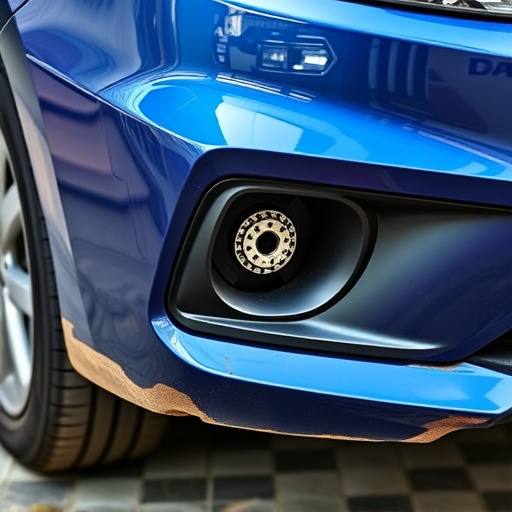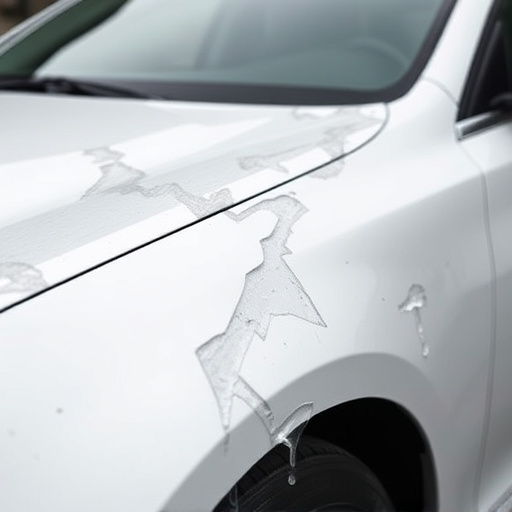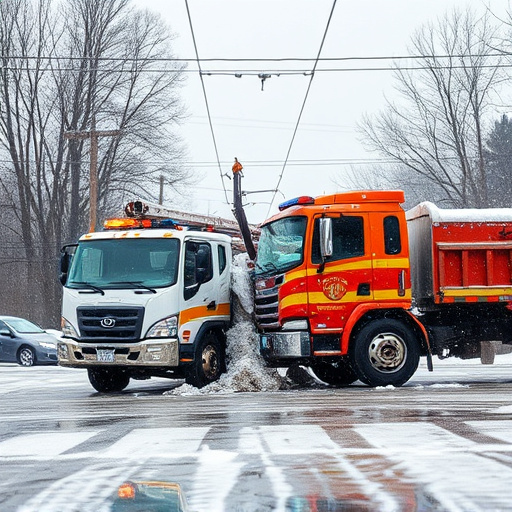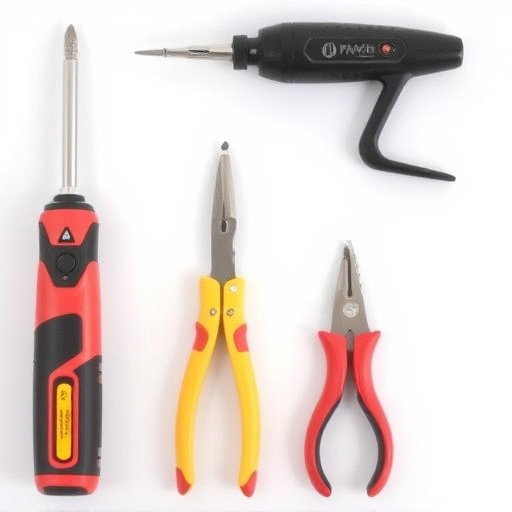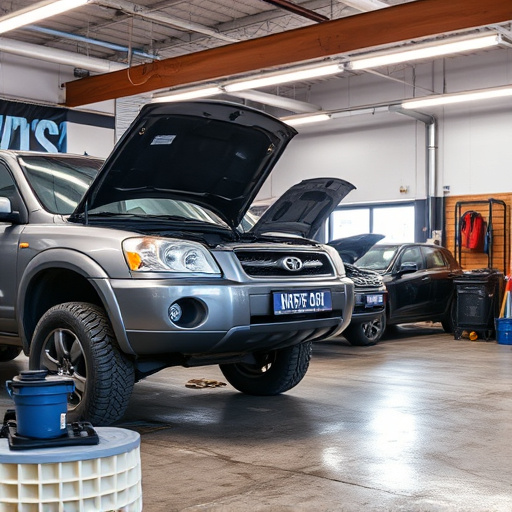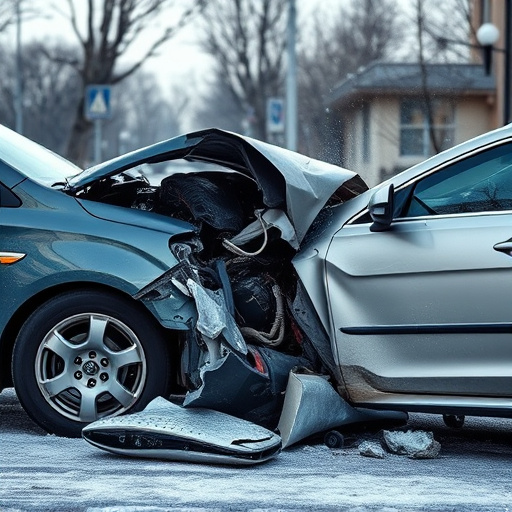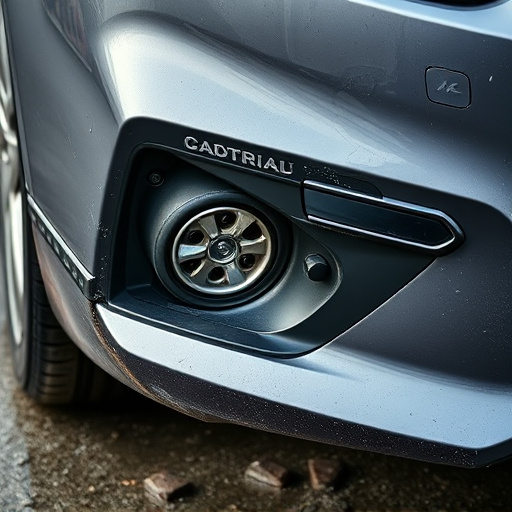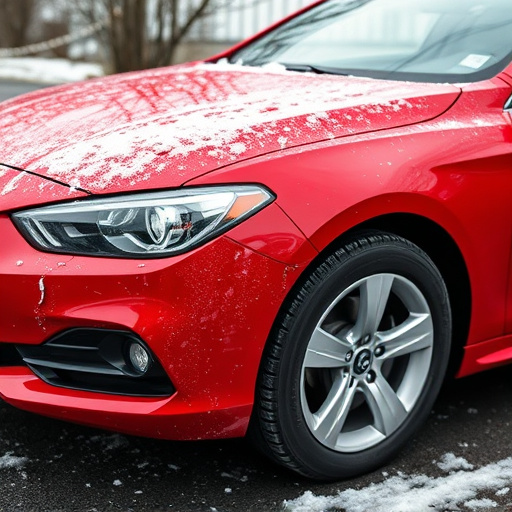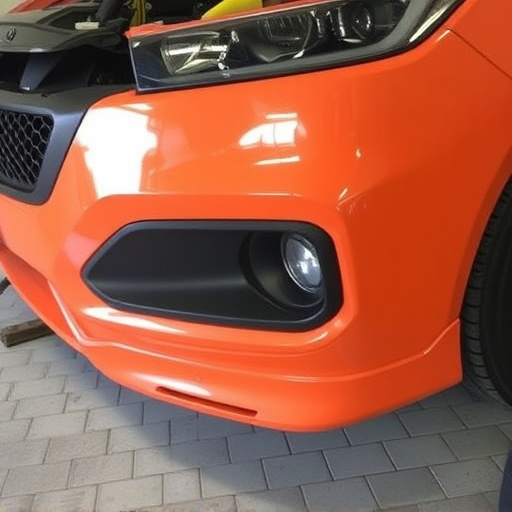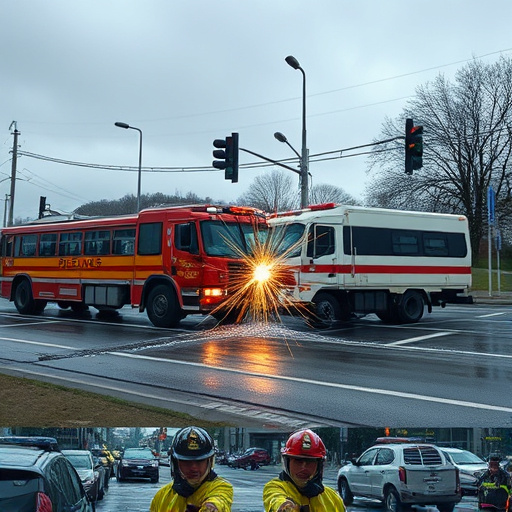PDR techniques have evolved dramatically since their introduction in the 1980s by John DeNisi, transforming auto body repair from a time-consuming and imperfect process into a sophisticated, precision-based practice. Modern PDR uses advanced tools and training to address various dent types on both interior and exterior panels with minimal invasiveness, ensuring seamless finishes that match original paint jobs. Technological advancements, including improved welding methods, advanced paints, and digital measurement tools, have increased efficiency, reduced costs, and minimized waste in auto bodywork, making PDR a popular and effective solution for cosmetic damage repairs worldwide.
In the ever-evolving automotive landscape, Paintless Dent Repair (PDR) techniques have stood the test of time, delivering superior results while adapting to modern demands. This article explores the evolution of PDR from its humble beginnings to its current status as a game-changer in the industry. We delve into the technological advancements that have refined the process, highlighting how contemporary tools and techniques build upon traditional methods. By examining cost-effectiveness, preservation of original finishes, faster repair times, and minimal waste, we reveal why PDR remains a top choice for both technicians and customers alike.
- The Evolution of PDR Techniques: Past and Present
- – A brief history of PDR (Paintless Dent Repair)
- – Technological advancements in the industry over time
The Evolution of PDR Techniques: Past and Present
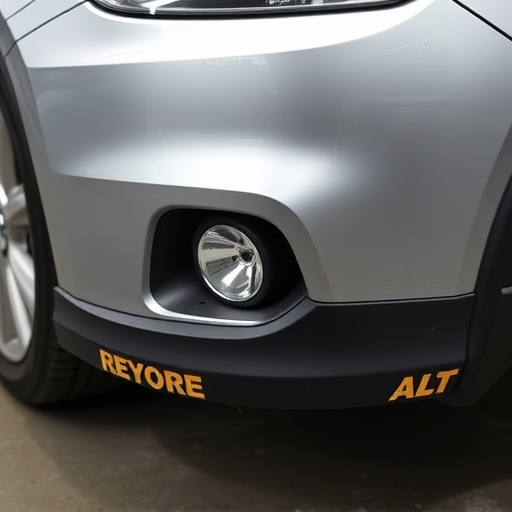
PDR techniques have come a long way since their inception, evolving from simple dent removal methods to sophisticated, precision-based practices. In the past, auto body repair involved laborious and time-consuming processes, often leading to less-than-perfect results. However, with advancements in technology and a deeper understanding of material science, PDR has revolutionized the industry. Today, these techniques are more accessible and efficient than ever before, allowing for precise repairs that restore vehicles to their pre-accident condition.
The modern approach to PDR incorporates advanced tools and training, ensuring that technicians can handle complex dents and scratches effectively. This evolution has not only improved the quality of auto body services but also made them more affordable and convenient for car repair customers. As a result, many body shop services now offer PDR as a go-to solution for various cosmetic damage, catering to both minor and major dent repairs.
– A brief history of PDR (Paintless Dent Repair)
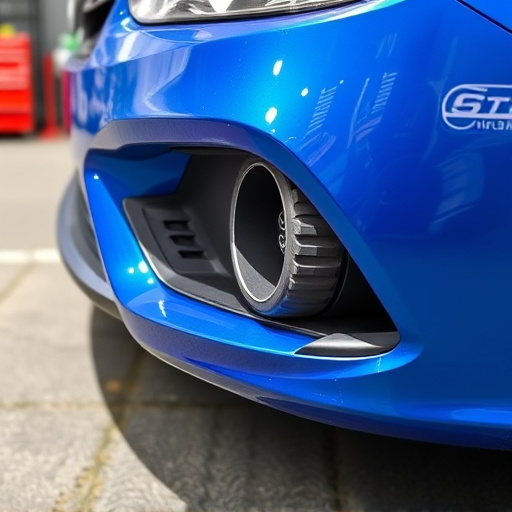
Paintless Dent Repair (PDR) has evolved from a simple, yet innovative technique to an industry standard in automotive repair and car restoration. Its origins can be traced back to the early 1980s when a Canadian dent repair specialist, John DeNisi, developed a method to remove dents without painting or replacing panels – a groundbreaking approach that saved time and costs for both bodyshops and car owners.
Over the years, PDR techniques have been refined, leveraging advanced tools and equipment like air pressure guns, metal working picks, and specialized clamps. Today, these methods are used extensively in car bodywork services to address various types of dents, from minor nicks and creases to more significant impacts. The appeal lies not only in its effectiveness for both interior and exterior panels but also in the minimal invasiveness that ensures a seamless finish, matching the car’s original paint job perfectly.
– Technological advancements in the industry over time
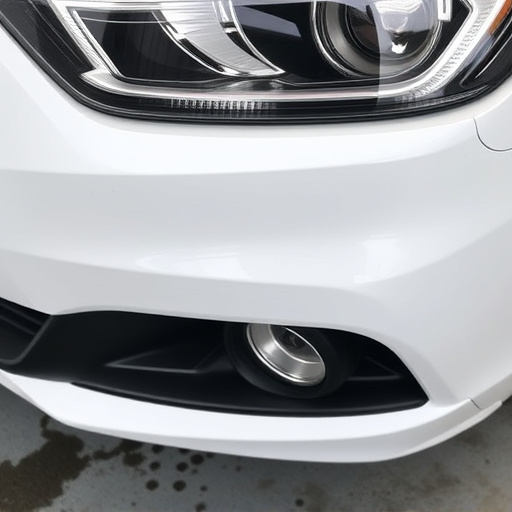
Over the years, the automotive industry has witnessed remarkable technological advancements, yet PDR techniques remain a cornerstone in achieving superior results for vehicle body repair. What was once considered a manual and labor-intensive process has evolved with innovations that streamline efficiency while preserving quality. Modern tools and equipment have elevated the precision and speed of auto bodywork, making it possible to restore vehicles to near-original condition.
These advancements include advanced welding techniques, specialized paints that mimic original finishes, and digital measurement systems that ensure accurate repairs. As a result, auto body repair professionals can now complete jobs faster, with less waste, and at a lower cost. Despite the rise of automated systems, skilled technicians still play a vital role in interpreting complex data and making intricate adjustments, ensuring that PDR techniques continue to deliver exceptional results in today’s digital era.
Despite technological advancements, PDR techniques remain a superior choice for dent repair due to their paintless nature, precision, and cost-effectiveness. Continuous innovation in tools and training has ensured that these methods deliver impeccable results, making them a reliable and preferred option for both professionals and consumers alike.
